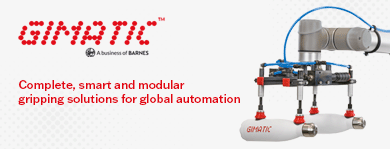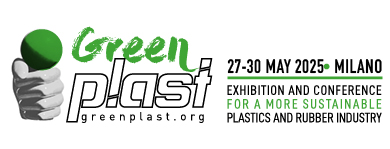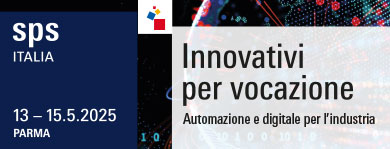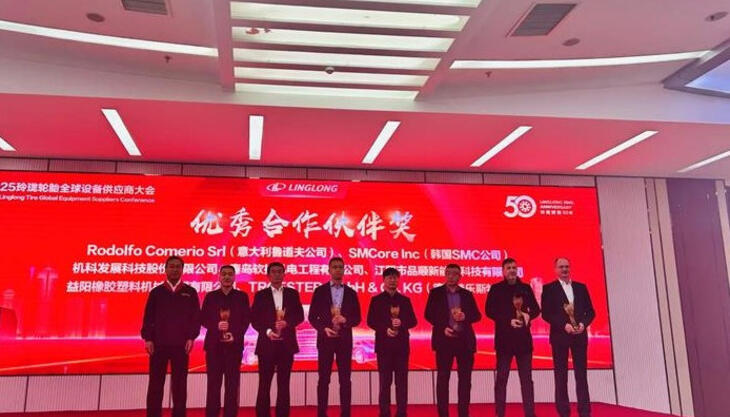
Covestro continues on its trajectory for increased growth. Demand has continued to rebound in the first quarter of 2021 and has led to a significant upturn in business performance. As a result, core volume growth was up 5.3% compared to last year’s first quarter. This is attributable mainly to a strong rebound in demand in the Asia-Pacific region, where a massive drop in volumes was recorded in 2020’s first quarter due to the coronavirus pandemic. The Group's overall growth opportunities in the first quarter were however constrained by limited product availability resulting from unplanned weather-related production outages in the North American region as well as raw material bottlenecks. In the first quarter, Group sales increased 18.8% to 3.3 billion euros, primarily on account of higher average selling prices. Along with higher sales volumes and other factors, this led to an almost threefold increase in Ebitda to 743 million euros (previous year: 254 million euros). As a result, net income in the first quarter rose to 393 million euros (previous year: 20 million euros). Free operating cash flow (FOCF) increased to 318 million euros, an increase of around 600 million euros compared to the previous year (previous year: -249 million euros).
In February 2021, Covestro presented the new corporate strategy “Sustainable Future”, which has customer centricity and sustainable growth at its core. In the course of building this effort, the Group plans to reorganize its business into seven operating business entities as of July 1, 2021. The entities are organized according to their respective success factors and tailored to specific customer needs and market requirements. This enables the company to systematically align processes and products with customer needs while sharpening their focus on efficiency and sustainability. In the future, Covestro will distinguish between two business areas: “Performance Materials” and “Solutions and Specialties”.
Optimistic outlook for 2021 fiscal year
Given business performance exceeded expectations, on April 13, 2021 Covestro adjusted its outlook for fiscal year 2021 and revised its guidance upward. The Group now expects Ebitda to range between 2.2 billion and 2.7 billion euros. FOCF is projected to amount from 1.3 billion up to 1.8 billion euros, with ROCE between 12 and 17%. Core volume growth at Covestro is still anticipated to come in at between 10 to 15%. Around 6% of this total figure is attributable to the Resins & Functional Materials business (RFM), which is now being integrated into the company after the successful acquisition from DSM on April 1, 2021. Covestro expects Ebitda in the second quarter of 2021 to amount to between 730 million and 870 million euros.
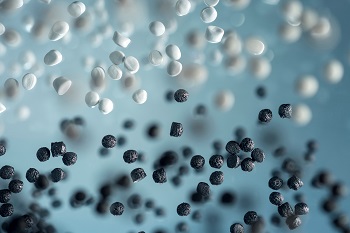 New research successes on the path toward a circular economy
New research successes on the path toward a circular economy
Sustainable growth is one of Covestro core ambitions. The Group aims to become fully circular in the long term and is making steady progress on this front. Since the beginning of the year, the company has worked with its industrial and scientific partners to develop additional applications for its innovative CO2 technology. This technology allows Covestro to replace up to 20% of the fossil based raw materials it uses with CO2, thereby producing a valuable precursor for plastics. Examples of other research successes include novel CO2 based surfactants for use in a wide range of everyday products such as detergents and cleaning agents. The more sustainable, CO2 based materials could also be used in the future in the production of insulating panels for housing construction or flexible foams for padding the interior of footwear for running, trekking, and skiing.
In order to continuously reduce the carbon footprint of Covestro materials, the Group is constantly moving forward with the research and development of new recycling technologies. As of March 2021, Covestro began operating a pilot plant for the chemical recycling of flexible polyurethane foam from mattresses at its site in Leverkusen (Germany). The company aims to industrialize chemical recycling processes for used flexible foams and to re market the raw materials obtained from the process.
Volume growth in all segments, high demand from Asia-Pacific
In the first quarter of 2021, the Polyurethanes segment core volumes sold rose by 2.5% compared to the previous-year’s quarter. Positive volume growth in the Asia-Pacific region more than balanced out limited product availability and the resulting adverse effect on growth potential in other regions. Higher margins and a favourable competitive situation in particular led to a 30.7% increase in sales to around 1.7 billion euros. In the first quarter, Ebitda also rose substantially to 443 million euros as a result of higher selling prices (previous year: 50 million euros). An increase in provisions for variable compensation and temporary cost of goods sold reduced earnings.
In the first quarter of 2021, the Polycarbonates segment saw core volumes sold grow by 11.6% compared to the previous year’s first quarter. This was attributable to the continued upswing in demand and expansion of core volumes sold, especially in the Asia-Pacific region. Sales grew by 21.3% to 889 million euros, largely driven by the rise in average selling prices due to a favourable competitive situation and higher volumes sold. This led to an increase in Ebitda from the prior year quarter to 222 million euros (previous year: 109 million euros). An increase in provisions for variable compensation reduced earnings.
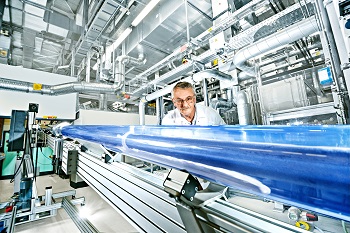 Core volumes in the Coatings, Adhesives, Specialties segment were up by 7.1% from last year’s quarter, particularly in the Asia-Pacific region. In the first quarter, raw material bottlenecks resulted in the limited availability of products and curtailed growth opportunities. An increase in total volumes sold and higher selling prices had a positive effect on sales, which rose by 4% to 595 million euros in the first quarter. In contrast, Ebitda dropped to 114 million euros (previous year: 130 million euros). Higher provisions for variable compensation were particularly responsible for reducing earnings. A positive volume effect and higher selling prices caused earnings to increase, however.
Core volumes in the Coatings, Adhesives, Specialties segment were up by 7.1% from last year’s quarter, particularly in the Asia-Pacific region. In the first quarter, raw material bottlenecks resulted in the limited availability of products and curtailed growth opportunities. An increase in total volumes sold and higher selling prices had a positive effect on sales, which rose by 4% to 595 million euros in the first quarter. In contrast, Ebitda dropped to 114 million euros (previous year: 130 million euros). Higher provisions for variable compensation were particularly responsible for reducing earnings. A positive volume effect and higher selling prices caused earnings to increase, however.







